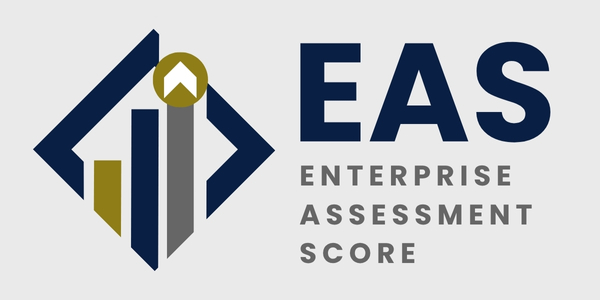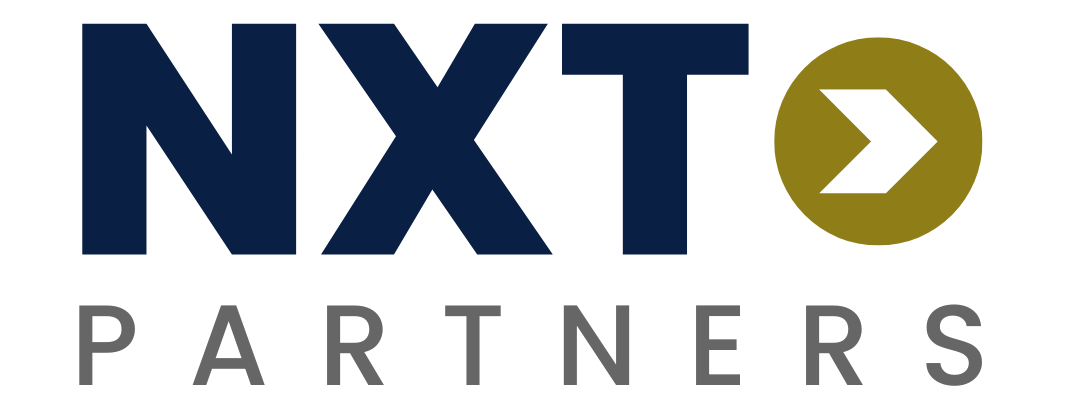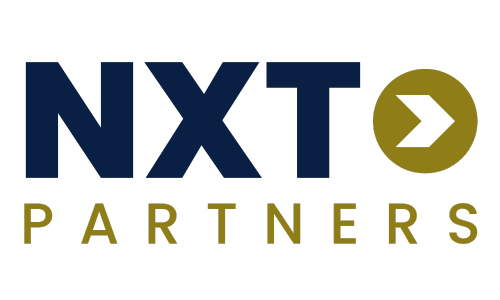But firefighting is not just a nuisance and frustrating inconvenience:
- It is a silent killer of productivity, profitability, and workplace morale.
- It is a direct and immediate threat to your business’s ability to scale, innovate, and thrive.
- It is a constant battle against unexpected challenges, draining your energy, limiting innovation, and stalling long-term success.
Instead of steering their company toward a clear vision, owners spend their days addressing operational breakdowns, fixing preventable mistakes, and handling urgent issues that could have been avoided with better systems in place.
If your company operates in constant crisis mode, it is time to break free from the chaos.
At NXT Partners, we have worked with businesses across various industries and have seen firsthand how firefighting wreaks havoc. In one case study, we tracked a senior manufacturing engineer’s time over four days. The results were shocking:
- 37% of his time was wasted on non-value-added (NVA) activities—tasks that drained resources but provided no tangible benefit to the company.
- The ripple effect was massive: Twelve employees across five departments, the COO, CEO, and even a customer was pulled into the turbulence.
When firefighting spreads, it does not just disrupt internal operations—it seeps into client relationships, supplier networks, and financial performance, tarnishing a company’s reputation and stability.
The True Impact of Firefighting
The consequences of a reactive business environment extend far beyond frustration. Here is what is really at stake:
1. Employee Morale and Accountability Take a Nosedive
A workplace in constant crisis mode creates a culture of stress, disengagement, and burnout.
- Employees become frustrated with the lack of clear direction and start feeling undervalued.
- High stress leads to high turnover, as top talent seeks stability and purpose elsewhere.
- Poor communication breeds confusion and inefficiency, leading to avoidable mistakes.
- Lack of clear roles and processes forces employees to scramble without accountability.
- Disengaged teams deliver lower-quality work, resulting in frustrated customers and decreased productivity.
When employees feel like they are always in survival mode, they stop taking ownership and your business suffers.
2. Operational Efficiency and Capacity Shrink
A company plagued by constant firefighting operates at a fraction of its true potential.
- Wasted time, misallocated resources, and inefficient processes create bottlenecks that stall growth and drain profits.
- Missed deadlines and rushed projects lead to costly errors.
- Underutilized resources increase overhead while failing to deliver value.
- Lack of scalability makes it nearly impossible to expand or seize new opportunities.
Without streamlined workflows and proactive management, your business will always be one step behind the competition.
3. Supplier Relationships Crumble
Internal inefficiencies don’t just stay in-house, they ripple outward, damaging partnerships with suppliers and vendors.
- When orders are delayed, and payments are inconsistent, and collaboration is chaotic, trust erodes.
- Late payments can strain supplier relationships, leading to less favorable terms.
- Frequent last-minute changes disrupt production and service quality.
- Inconsistent collaboration creates a breakdown in trust, impacting future negotiations.
Your supply chain is only as strong as the processes supporting it. Without stability, disruptions become inevitable.
4. Customer Satisfaction Plummets
At the end of the day, your customers don’t care about your internal struggles; they care about receiving quality service and products on time.
- When inefficiencies cause delays, increased costs, or poor product quality, customers lose confidence in your brand and take their business elsewhere.
- Slow service and response times drive customers toward competitors.
- Errors and miscommunication lead to product defects and dissatisfaction.
- The inability to meet evolving expectations puts your business at risk of obsolescence.
Losing customers due to internal disarray is not just a setback, it is a direct hit to your financial survival.
5. Financial Performance Suffers—Both Top Line and Bottom Line
A business riddled with inefficiencies is a business bleeding money.
- Poor time management, wasted resources, and lost opportunities take a toll on both revenue (top line) and profitability (bottom line).
- Escalating costs eat away at margins.
- Lost revenue opportunities arise from missed deadlines and declining customer retention.
- Financial instability makes it harder to invest in growth, innovation, and talent.
If you don’t fix the root causes of firefighting, your business risks stagnation—or worse, failure.
How to Break Free from Firefighting
Escaping the cycle of firefighting requires more than just working harder, it demands a strategic shift. To regain control and transform your business, you must implement a structured, proactive approach.
At NXT Partners, we specialize in helping businesses eliminate operational chaos. Our proven methodologies combine strategic insight with hands-on execution, ensuring lasting improvements. Here’s how we help our clients break free from firefighting:
1. Optimize Workflows to Eliminate Waste
- Identify and remove inefficiencies that drain time and resources.
- Implement lean principles to maximize productivity.
- Create structured processes that prevent recurring issues before they escalate.
2. Embed Accountability Through Process
- Empower employees with clear responsibilities and decision-making authority.
- Establish performance metrics to track efficiency and execution.
- Shift from a reactive to a proactive culture where employees take ownership.
3. Leverage Technology to Reduce Recurring Issues
- Implement AI-driven solutions and automation tools to streamline operations.
- Reduce manual errors by integrating smart technology into daily workflows.
- Use data analytics to predict and prevent disruptions before they occur.
4. Build a Culture of Excellence and Continuous Improvement
- Foster a mindset of long-term growth rather than short-term survival.
- Train leadership to anticipate challenges rather than merely respond to them.
- Establish system to gather leading data and establish reporting to continuously identify risks, allowing your team to address them before they become fires.
- Encourage innovation and adaptability to stay ahead of industry shifts.
Take the First Step Toward a Thriving Business
You don’t have to settle for a business stuck in firefighting mode. The first step to lasting change is clarity—and that starts with knowing exactly where your business stands.

The Enterprise Assessment Score (EAS) is a free, fast, and insightful tool designed to help you uncover blind spots, evaluate performance across 9 mission-critical areas, and create a path forward. In just minutes, you’ll receive a personalized score and actionable insights to begin transforming chaos into control.
At NXT Partners, we help business leaders turn reactivity into results through strategic execution, system design, and hands-on guidance. The EAS is your gateway to that process.
→ Start your assessment now and take control of your growth: nxtpartners.ca/eas




